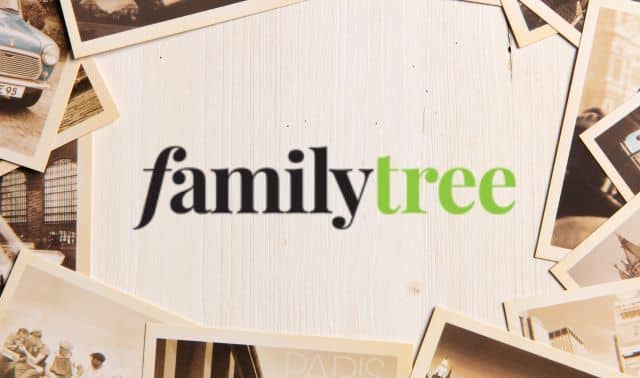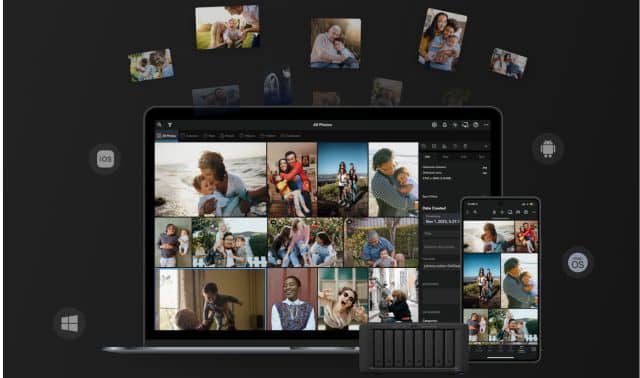Sign up for the Family Tree Newsletter Plus, you’ll receive our 10 Essential Genealogy Research Forms PDF as a special thank you!
Get Your Free Genealogy Forms
"*" indicates required fields
Last night I had an interesting discussion with a colleague. She mentioned that she’s researching a Civil War soldier from Vermont and that she’d found a great website, Vermont Civil War. It includes lists of photographs of men from various units. On the site was a mention of the man my colleague’s been looking for.
When you find an image on the site, there’s a link in the listing so you can discover the whereabouts of the picture. In the case of the photo she found, the listing provided a name and stated the image is in a private collection.
Before my colleague can use the image in a publication (such as a book or website), she needs to request a high-quality scan (at least 300 dpi) and obtain permission to publish it. The BIG problem is that the owner of the image hasn’t responded to her emails. At this point, she’s not even sure whether the email address is correct.
I’ve had similar things happen to me (and maybe you have too). As I work on various projects I often see images that I’d love to include in a publication. Locating the owner is often difficult. But before you can use an image in a publication or on a website, you need to obtain permission from the owner. Here are a few tips to help.
- Google the name and use social networking. Even though picture credits usually include the name of the person or organization that originally supplied the image, there’s no guarantee that person or entity is still contactable. It can take time to follow the history of that image. Try searching for the person on the web to see if there’s obituary or a change of email. Don’t forget to check social networking sites like Facebook to see if they have a page.
- Google the email address. My friend didn’t know you could do that. If a person lists an email address on a message board, in a family tree or with any other website, a web search can help you find it. Test your own email address to see how many places it appears. You’ll likely be surprised. I’ve used this technique to find full names, addresses and new email addresses for folks I’ve been trying to contact.
- Try auction catalogs. Last week, I contacted a historical society about using an image and discovered the society sold it. Now I have to try to find out which auction house handled the transaction and who bought it. If it’s in private hands, the auction house can forward my request to use it. They won’t divulge who bought it, though.
- Use Google Images. When I find an image online and I can’t determine who owns it, I’ll use Google Images. Copy and paste the image into the search box and you’ll find other places that image has appeared online. It’s pretty cool! Beware though. Not all the matches will be exact or family friendly. Click on Advanced Image Search on the Google Images website for more tips.
I’ll be back next week with a spooky image for Halloween.
Solve your family photo mysteries with these books by Maureen A. Taylor:
ADVERTISEMENT




